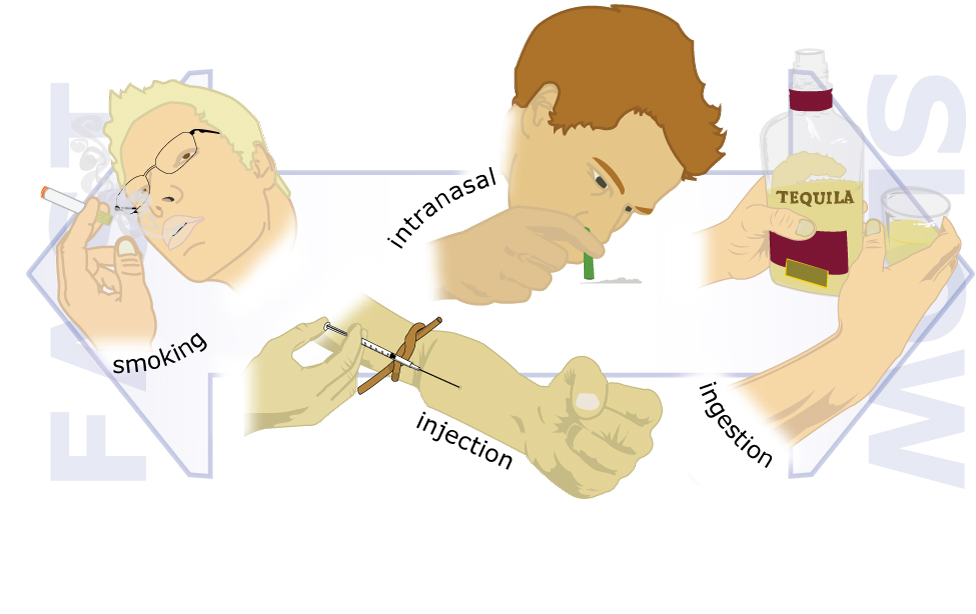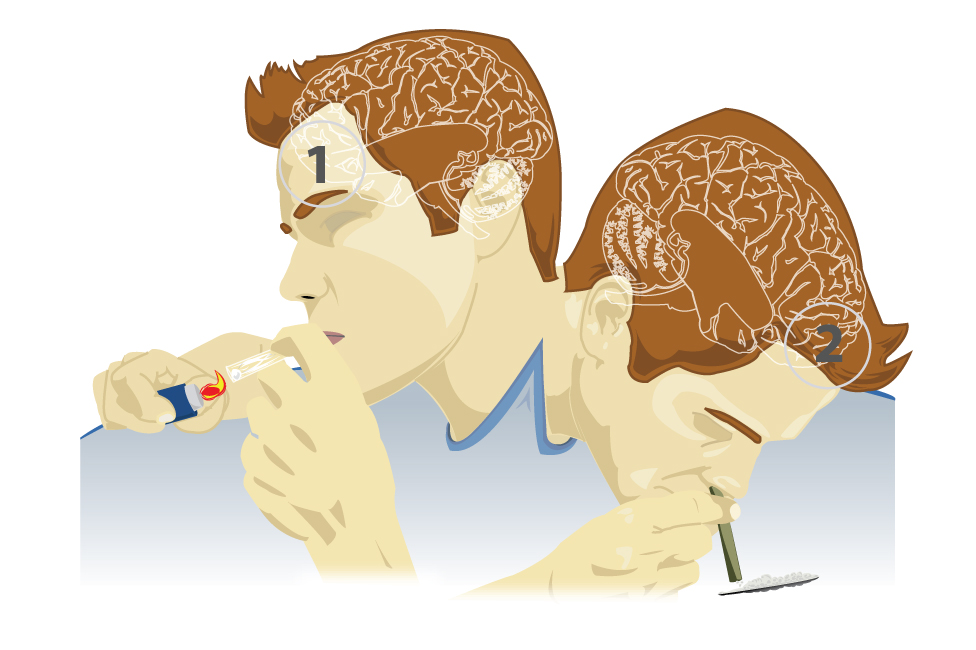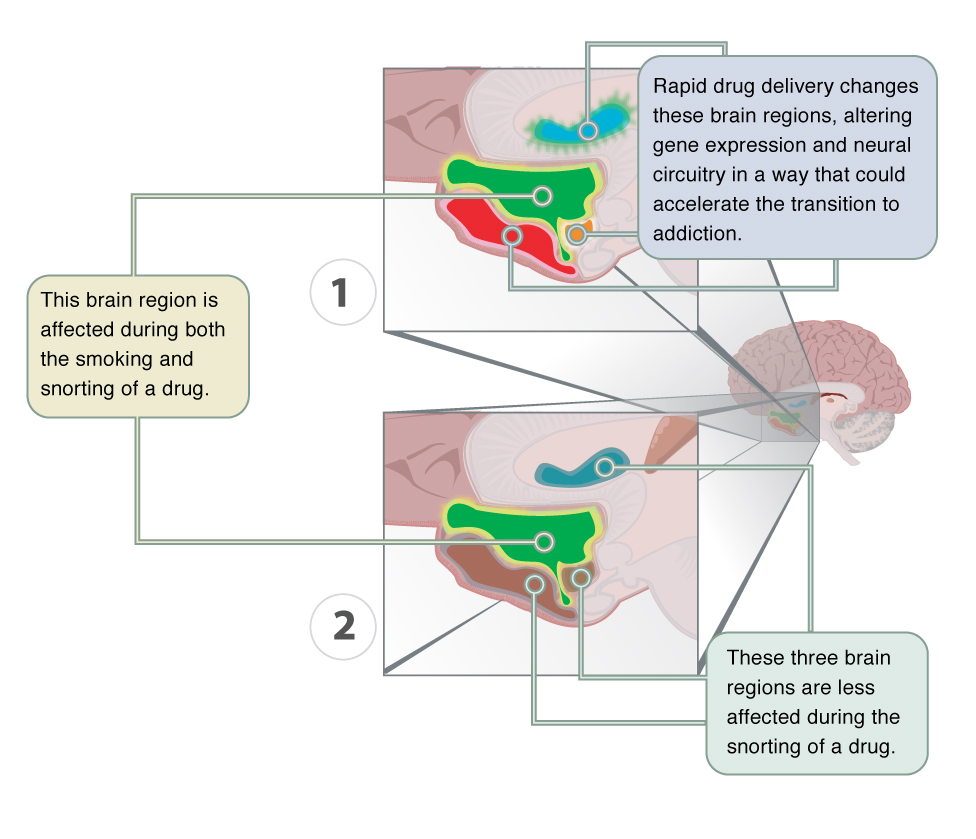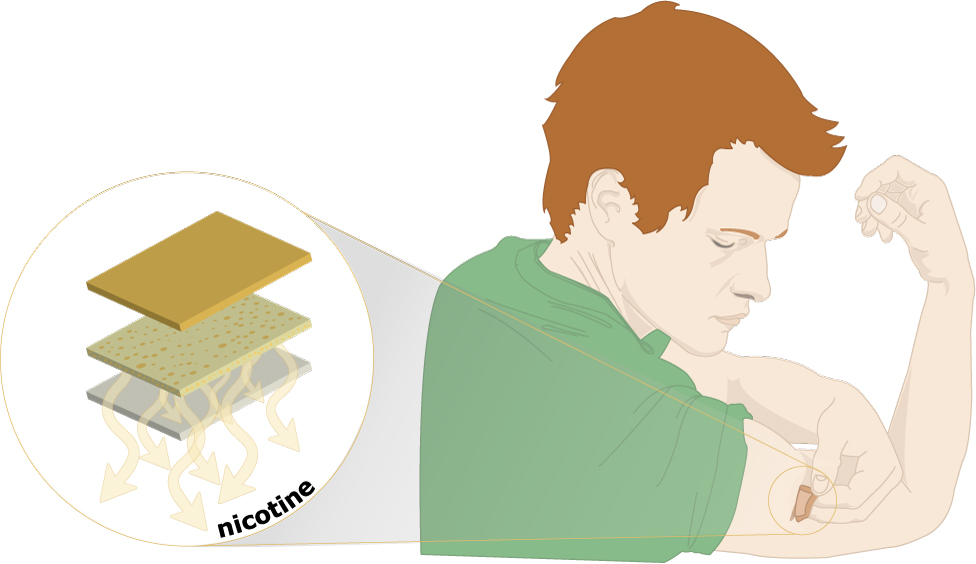Ranking Addiction Potential
Research has shown that the faster a drug reaches the brain, the more likely it is to be addicting. Different methods of delivery—smoking, injecting, or snorting—largely influence how quickly a drug reaches the brain. Delivery methods, genetics, and environment all influence the potential of a drug to cause addiction.





